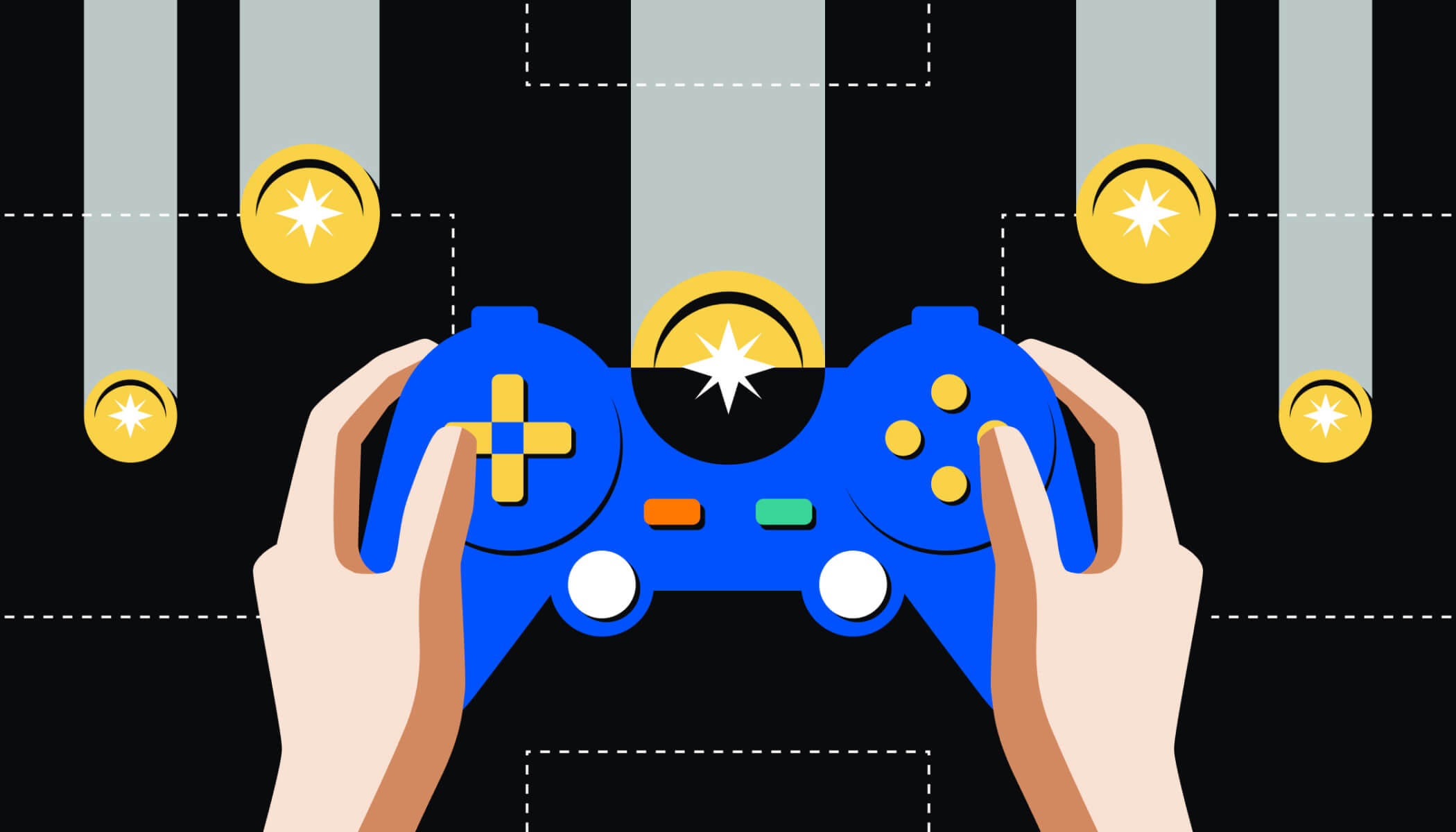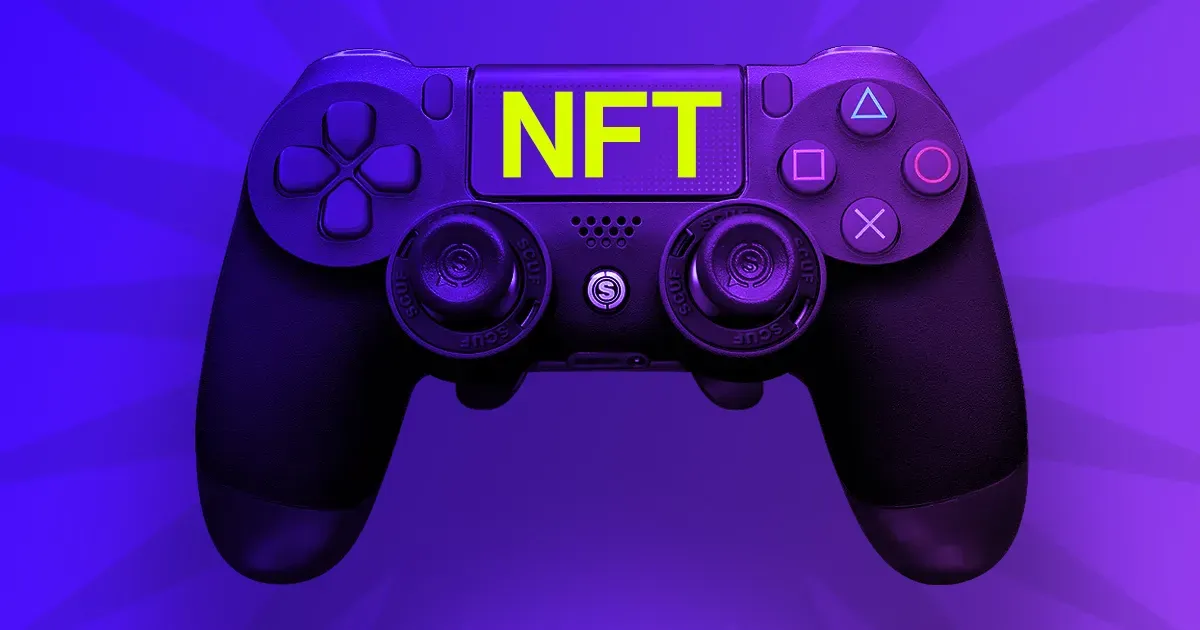Key Takeaways:
- The Switch 2 reportedly uses encryption to block most third-party accessories.
- Only one tested third-party dock worked, but future updates could disable it.
- Unlike the original Switch, incompatibility is not due to faulty USB-C implementation.
New Encryption Scheme Raises Compatibility Concerns
On July 2, 2025, The Verge reported that Nintendo has deliberately limited the compatibility of its new Switch 2 console with third-party accessories. According to the outlet, this restriction is enforced through a proprietary encryption chip and a custom communication protocol, making it difficult for unauthorized hardware to function with the console.
The Verge cited two anonymous accessory manufacturers who claimed their products failed to work with the Switch 2. The outlet conducted its own testing and confirmed that multiple third-party docks were incompatible. In their analysis, the Switch 2 appears to communicate in encrypted code that only Nintendo-authorized hardware can interpret.
Also read: Perfect Dark Developer Defends 2024 Trailer Amid Fake Gameplay Claims
Only One Accessory Worked—For Now
During testing, only one third-party dock — the Antank S3 Max — successfully functioned with the Switch 2. However, The Verge warned that future firmware updates could render even that accessory unusable. This suggests Nintendo retains full control over compatibility and could change the requirements at any time.
In contrast to the original Switch, where some third-party USB-C docks caused consoles to brick due to poor implementation, The Verge clarified that these new limitations are not due to hardware flaws. Instead, the incompatibility is intentionally imposed through Nintendo’s encryption infrastructure.
Mixed Reactions Amid Strong Sales
The Switch 2 launched globally on June 5, 2025, and has already sold over 5 million units. However, this report may frustrate users who rely on affordable or specialized third-party accessories, especially for docking or charging.
Nintendo has not officially commented on the report or explained the purpose of the encryption system. If the goal is to maintain device safety and ensure accessory quality, it may be viewed as a protective measure. But critics argue it gives Nintendo too much control and stifles innovation in the accessory market.
Disclaimer: The information in this article is for general purposes only and does not constitute financial advice. The author’s views are personal and may not reflect the views of GameDegen.com. Before making any investment decisions, you should always conduct your own research. GameDegen.com is not responsible for any financial losses.




